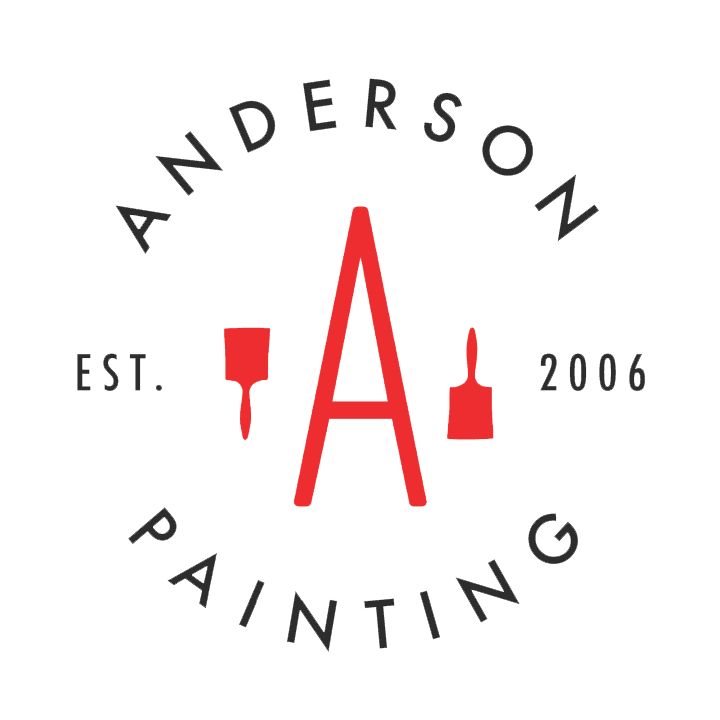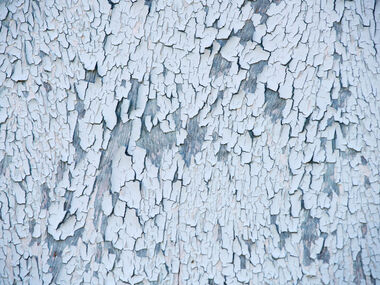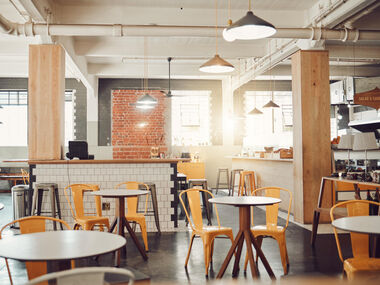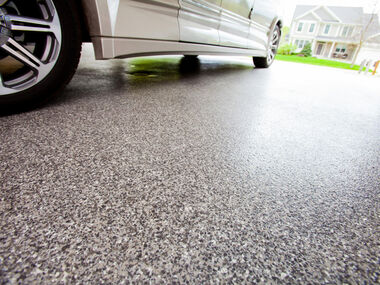How to Properly Paint Textured Exteriors

Though the majority of modern homes are outfitted with smooth siding such as vinyl and fiber-cement boards, there’s still a place for rougher, textured exteriors like brick, stucco, and pebbledash. Despite their aesthetic and physical benefits, however, these bumpy exteriors can be difficult to maintain and paint thanks to their uneven surfaces. Still, these surfaces deserve proper protection and enhancement in the form of commercial or residential exterior painting, too -- it’s just that some additional effort is required to provide optimal coatings. Let’s go over how to properly paint your textured exteriors.
How to Properly Paint a Textured Exterior
Clean with the Proper Processes and Tools
Every surface needs a good cleaning before it can receive a fresh coating, and textured surfaces are no expectation. Of course, cleaning a rough, porous material is harder than cleaning a smooth one. Dust, dirt, and other contaminants can easily make their way into the various nooks and crannies present in textured surfaces, so a deep, thorough process is required to flush them out. Power washing is often the way to go, though when mishandled, this method can damage your exterior and lead to moisture intrusion. If you’re not comfortable with or able to pressure wash your surfaces, then you can scrub them with a stiff brush and soap and water (this just takes much longer).
Make Necessary Repairs
Textured surfaces are no strangers to erosion, impact damage, and other issues that deserve attention before painting. Caulk and/or masonry filler can often be used to fill up minor holes and cracks, though larger issues should be handled by a professional repair contractor. Ultimately, you want your exterior to be free from breaches to ensure full coverage and prevent unwanted forces from gaining entry (i.e., moisture, pests, dirt, etc.).
Use Quality Masonry Sealer and Paint
It’s always important to come equipped with the right products and tools for the task at hand. When painting textured exteriors, you’ll often want to use paint products specifically meant for masonry and similar materials. For starters, apply an initial coat of masonry sealer to lock in any loose or crumbling sections, prevent moisture from breaking through, and provide a smoother surface for the ensuing paint to adhere to.
Mind the Painter’s Tape You Use
Painter’s tape is a common tool for most residential and commercial exterior painting projects. This tape is meant to guard certain sections of a given surface against paint bleed, and it helps create even lines. When it comes to painting rougher surfaces like brick, however, standard painter’s tape won’t always do. This is because no matter how clean and well-maintained your brick exterior is, regular painter’s tape won’t easily lay flat on the bumpy surface, allowing paint to bleed through certain areas. To prevent this common problem, make sure you use painter’s tape specifically aimed at textured surfaces, as these cling more powerfully to rough materials.
An Angled Brush Is Your Best Friend
You’ll want a sturdy angled brush on the job to access those stubborn crevices that other larger and wider applicators cannot easily reach. Moreover, this handy tool will help you cut in the edges and touch-up any missed spots as you roll or spray on your masonry paint. Indeed, you’ll want to back-brush regularly as you go.
Make Sure Your Roller has a Thick Nap
A paint roller attached to a long extension pole is great for covering wide spans of large exterior surfaces. That said, not all rollers are created equal. More specifically, you’ll want to use a roller with a fluffy, thick nap (i.e., at least ¾ inches) to go deeper into those nooks and crannies as you glide it across the surface. You might also decide to apply the paint via sprayer, making sure to not under- or over-spray as you go. Either way, you’ll want to even things out using your reliable angled brush.
Multiple Coats Are Often Necessary
Many exterior painting projects warrant at least two coats of paint, and the same can be said for painting textured exteriors. Raleigh painting professionals will come to the job prepared to implement multiple coats to ensure that no spots are missed and that the textured surface has the greatest amount of protection possible.
A textured surface is just like any other surface, only rougher around the edges (rougher all over, actually). As such, there’s a bit more involved in properly coating and taming these coarse exteriors. Fortunately, the experts at Anderson Painting have the knowledge and experience to do just that. To learn more about us and all we do, call today at 919-610-1855 or email us at info@andersonpaintingnc.com!




